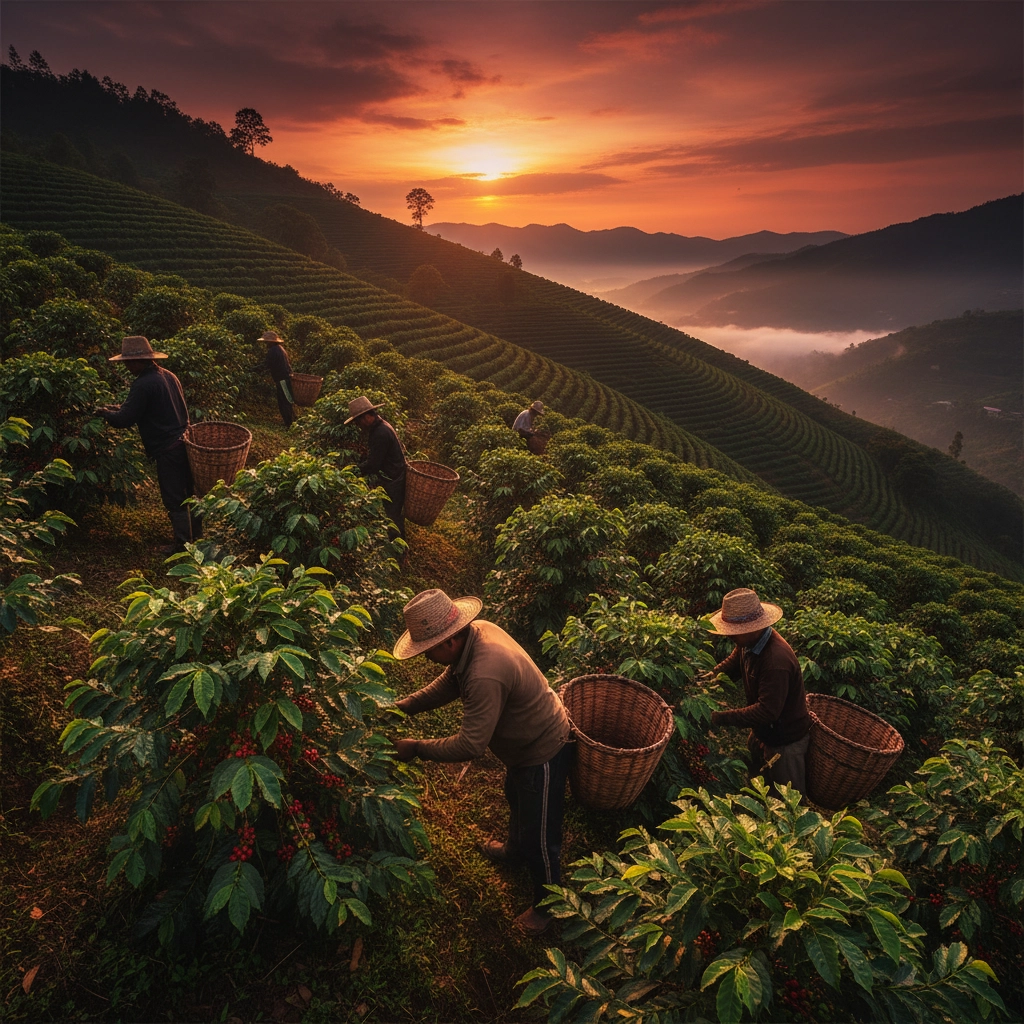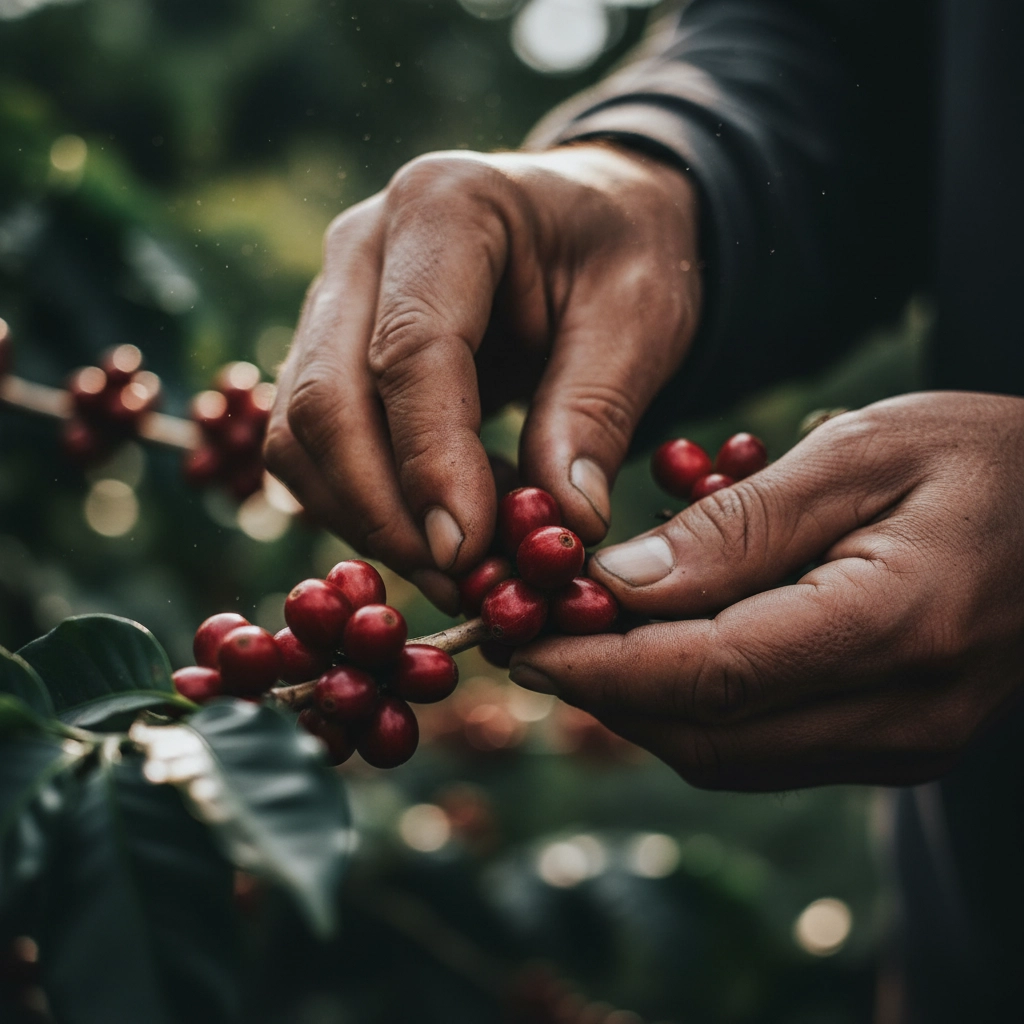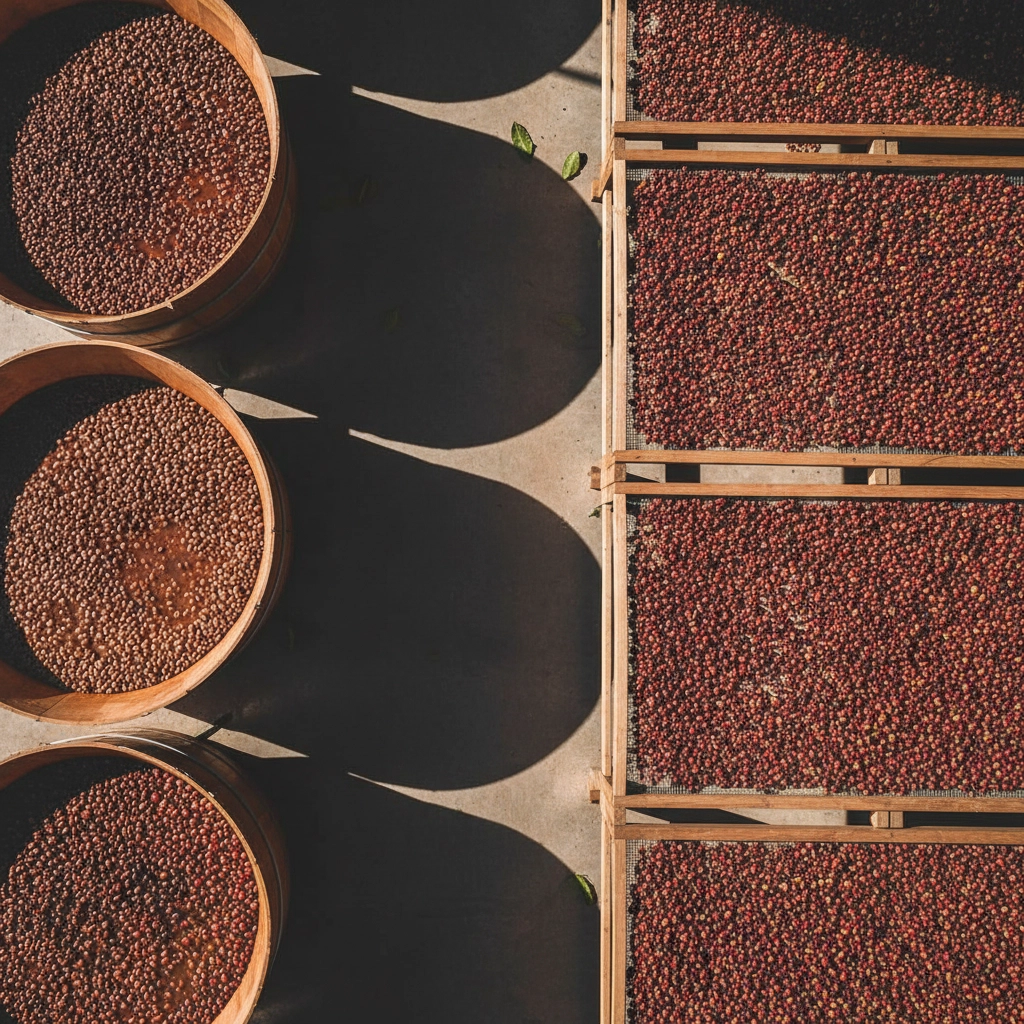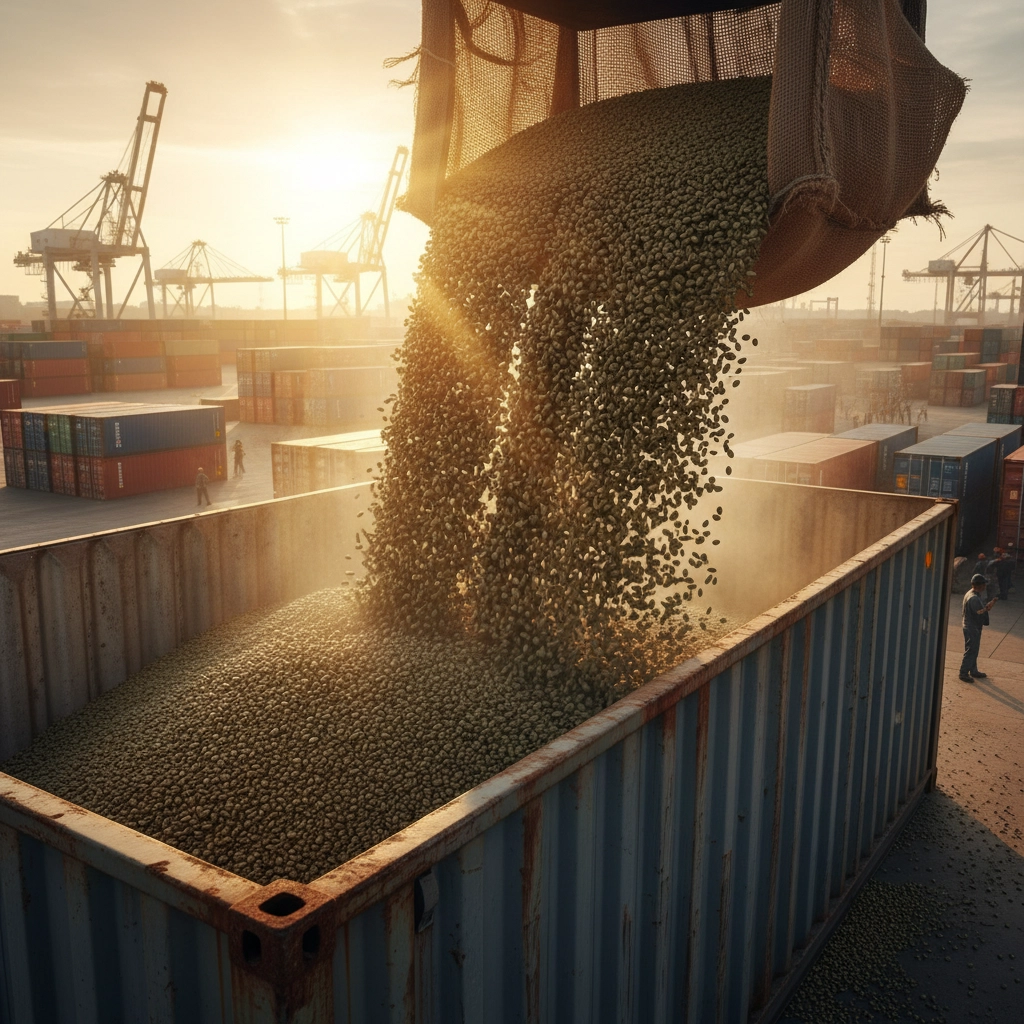Ever wonder about the incredible adventure your morning coffee has been on before landing in your cup? That smooth, aromatic brew has traveled thousands of miles and passed through countless hands on an epic journey that can take years to complete. Let's uncover the fascinating story behind every single bean.
The Beginning: Where Coffee Dreams Are Born
Deep in the tropical regions around the equator: what coffee lovers call the "Coffee Belt": millions of coffee plants are quietly working their magic. Countries like Guatemala, Kenya, and Nicaragua provide the perfect combination of altitude, rainfall, and sunshine that coffee plants absolutely crave.
Here's something that might surprise you: coffee farmers are some of the most patient people on Earth. When they plant a coffee seed, they won't see their first harvestable cherry for three to five years! That's right: your morning cup represents years of careful nurturing, waiting, and hope.
The process starts simple enough. During wet weather, farmers plant coffee seeds that will eventually become towering plants reaching up to 30 feet tall (though most are pruned to stay manageable). These plants first produce delicate white blossoms that smell absolutely divine: like jasmine mixed with citrus. About eight months later, small green cherries appear, slowly ripening to a gorgeous red color.

The Great Cherry Hunt: Harvesting Season
When those coffee cherries finally turn that perfect shade of red, it's showtime. This is where the real artistry begins, because timing is everything. Pick too early, and the beans inside won't have developed their full flavor potential. Wait too long, and they'll be overripe and damaged.
In mountainous regions like those where our Sumatra beans come from, harvesting is exclusively done by hand. Picture farmers carefully selecting only the ripest cherries, one by one, often on steep slopes that would make your hiking boots slip. It's backbreaking work that requires an expert eye: the difference between a good cup and an extraordinary cup often comes down to this moment.
Some regions use strip picking (taking all cherries at once) while others employ selective picking (only the ripest ones). The selective method takes longer but results in much higher quality beans. It's like the difference between grabbing any apple from a tree versus carefully choosing only the perfect ones.
In flatter areas like parts of Brazil, mechanical harvesting is possible, but honestly, nothing beats the human touch when it comes to quality selection.
The Transformation: Processing Magic
Once picked, coffee cherries need to have their precious beans extracted: and this is where things get really interesting. There are two main methods, and each one creates completely different flavor profiles.
The dry method (also called natural processing) involves laying the entire cherries out in the sun to dry, like giant raisins. This allows the fruit to naturally ferment around the bean, creating intense, fruity flavors. Many Ethiopian and Brazilian coffees use this method, and the results can be mind-blowingly complex.
The wet method (or washed processing) removes the fruit from the bean before drying. Cherries are pulped, fermented in water tanks, and then washed clean. This typically produces cleaner, brighter flavors with more pronounced acidity: think of the bright, wine-like notes you might find in Kenyan coffees.

The Journey Begins: From Farm to Port
After processing, the beans (still green at this point) need to be dried to exactly the right moisture level: usually around 10-12%. Too much moisture and they'll spoil during shipping; too little and they'll become brittle and lose flavor.
Next comes hulling, where any remaining fruit layers are mechanically removed. The beans are then sorted, graded, and carefully packed into those iconic burlap sacks you've probably seen in coffee shops. Each sack typically holds about 132 pounds of green coffee beans.
This is where our Ugandan beans begin their long voyage across oceans, traveling in shipping containers that maintain just the right conditions to preserve quality. It's fascinating to think that the bag of coffee on your kitchen counter once swayed in the cargo hold of a massive container ship crossing the Indian Ocean.
The Waiting Game: Import and Quality Control
When green coffee arrives at ports around the world, it doesn't just rush straight to your local coffee shop. These beans often spend weeks or even months in warehouses, where they're inspected, cupped (professional tasting), and prepared for distribution.
This warehousing period isn't wasted time: it's actually part of the flavor development process. Green coffee beans can maintain their quality for six to twelve months when stored properly, and some even improve with age, developing more complex flavors.
Importers work closely with roasters to ensure the right beans get to the right places. That amazing Nicaraguan single-origin sitting in our warehouse? It was carefully selected months ago by experts who knew exactly what flavors it would bring to your cup.

The Magic Moment: Roasting
Here's where green coffee beans finally transform into something recognizable. Roasting is pure alchemy: applying heat and time to unlock hundreds of flavor compounds that were hiding inside those seemingly plain green seeds.
Professional roasters are like skilled chefs, carefully controlling temperature profiles to bring out each bean's unique personality. Light roasts preserve more of the bean's original character and acidity, while darker roasts develop rich, chocolatey, and sometimes smoky flavors.
During roasting, the beans actually double in size and turn that familiar brown color we all associate with coffee. They also develop oils that create aroma and flavor: those amazing smells that hit you when you walk into a coffee shop? That's the result of this careful roasting process.
The Final Sprint: Grinding and Brewing
The last leg of this incredible journey happens in your kitchen (or your favorite coffee shop). Once roasted, coffee beans are at their peak flavor for about two to four weeks, which is why freshness matters so much.
When you grind those beans, you're releasing all those carefully preserved flavors and aromas that started developing years ago on a distant mountainside. The brewing method you choose: pour-over, French press, espresso: will highlight different aspects of that complex flavor profile.
The Human Story Behind Every Sip
What makes this journey truly special isn't just the geographical distance or the complex processes: it's the people. An estimated 125 million people worldwide depend on coffee for their livelihoods, with 80% of coffee being produced by smallholder farmers working just a few acres.
Every cup you drink represents the work of farmers who carefully tended plants for years, pickers who selected only the ripest cherries, processors who transformed fruit into beans, exporters who maintained quality during long journeys, and roasters who unlocked the final flavors.

When you take that first sip of your morning coffee, you're not just enjoying a beverage: you're experiencing the culmination of a years-long adventure that spanned continents and involved dozens of skilled hands. From the volcanic soils of Guatemala to the high-altitude farms of Kenya, each origin brings its own unique story to your cup.
The next time you brew your coffee, take a moment to appreciate this incredible journey. Those flavors dancing on your palate: the bright acidity, the chocolate notes, the floral aromas: they're the result of nature's patience, human dedication, and a global network of passionate people who believe that great coffee is worth the wait.
Pretty amazing what can fit inside one little bean, isn't it?




